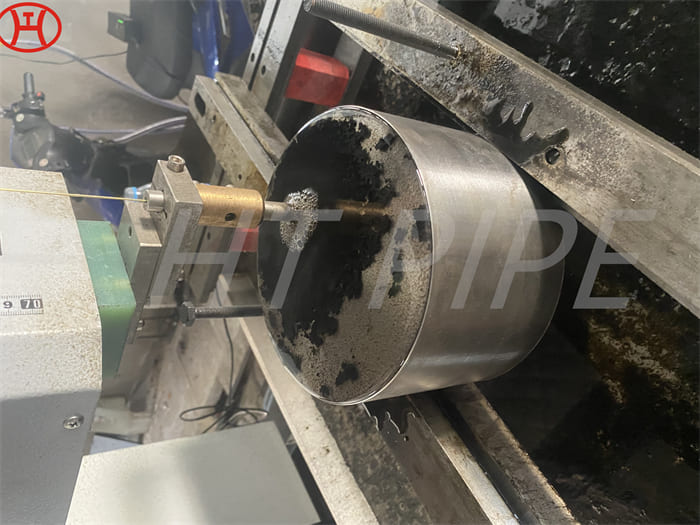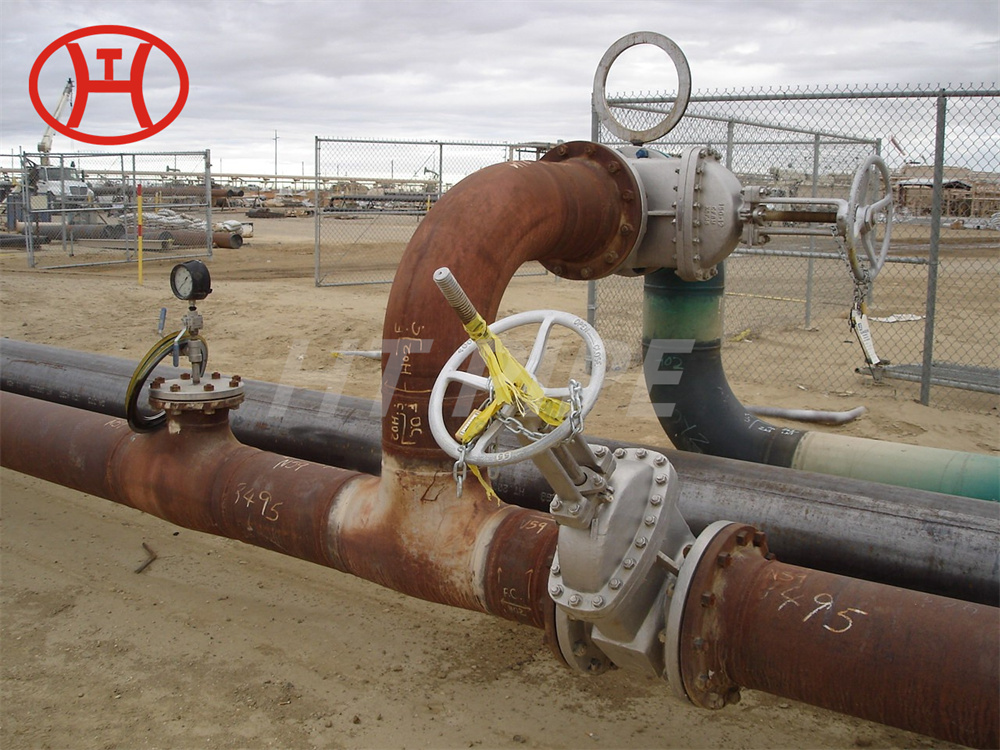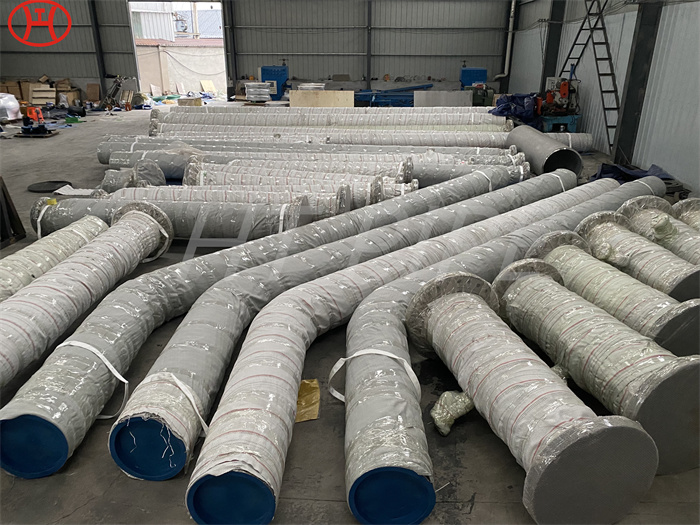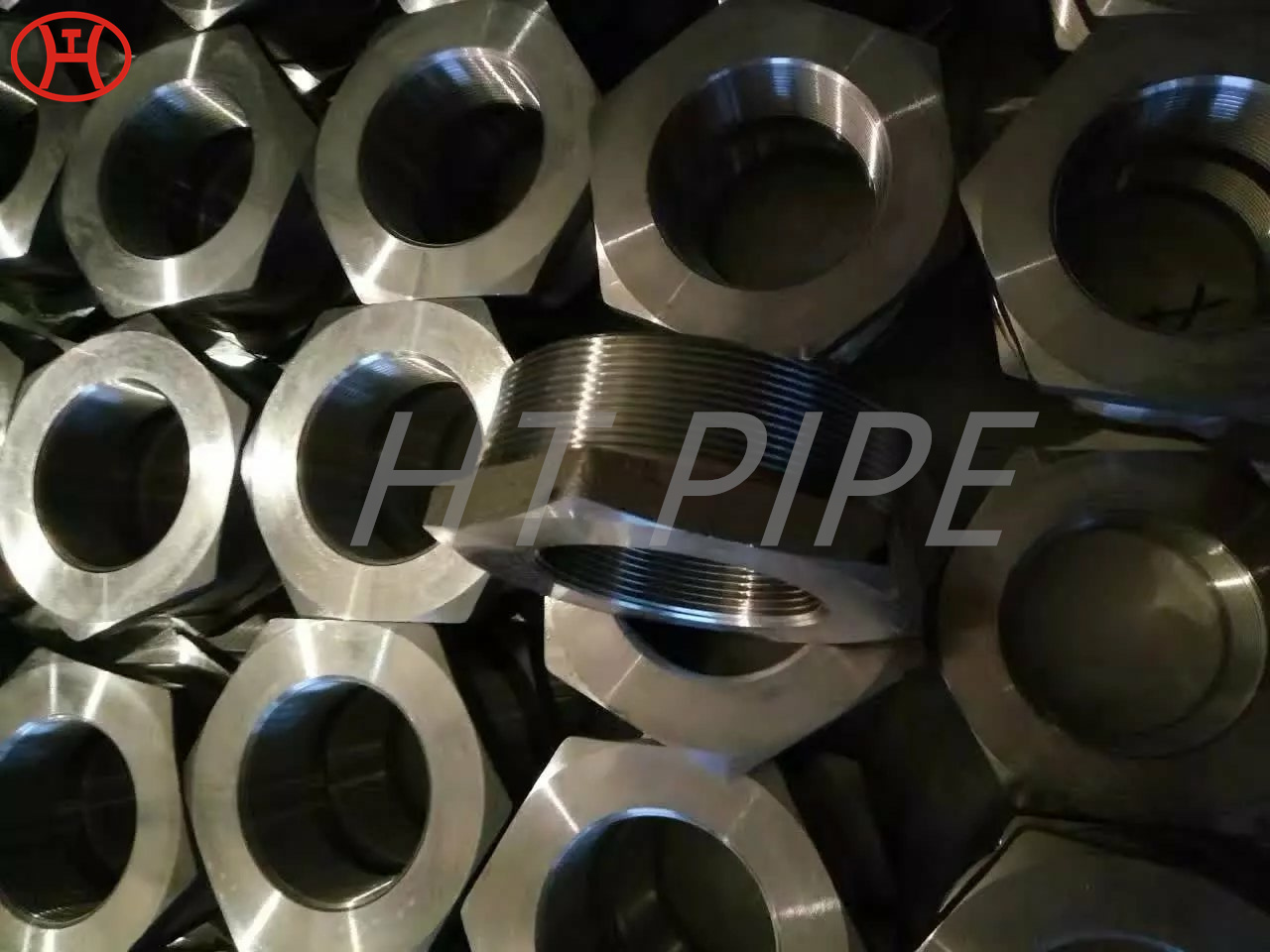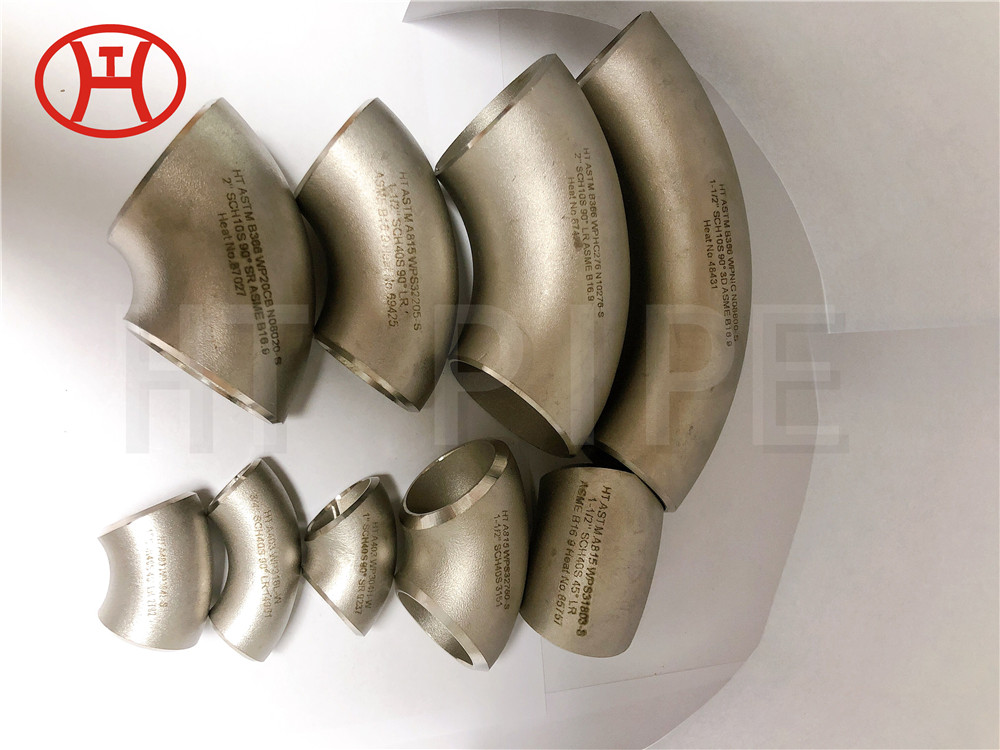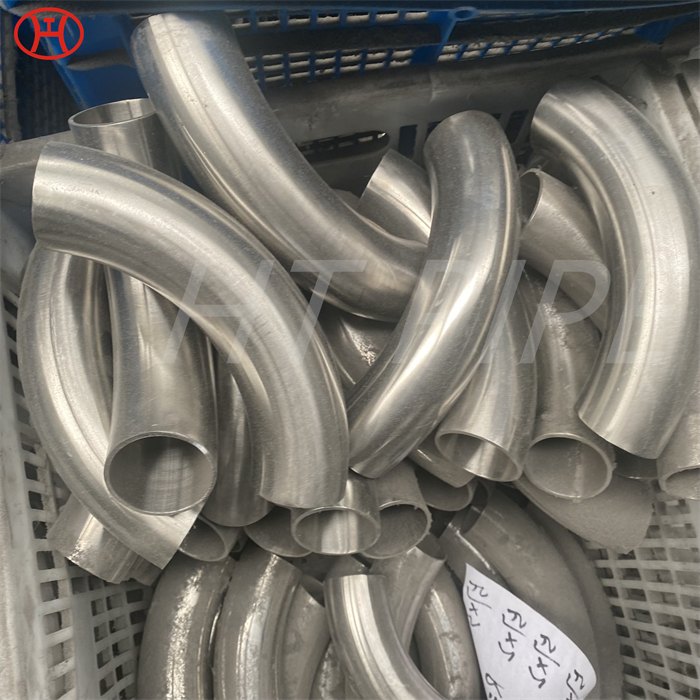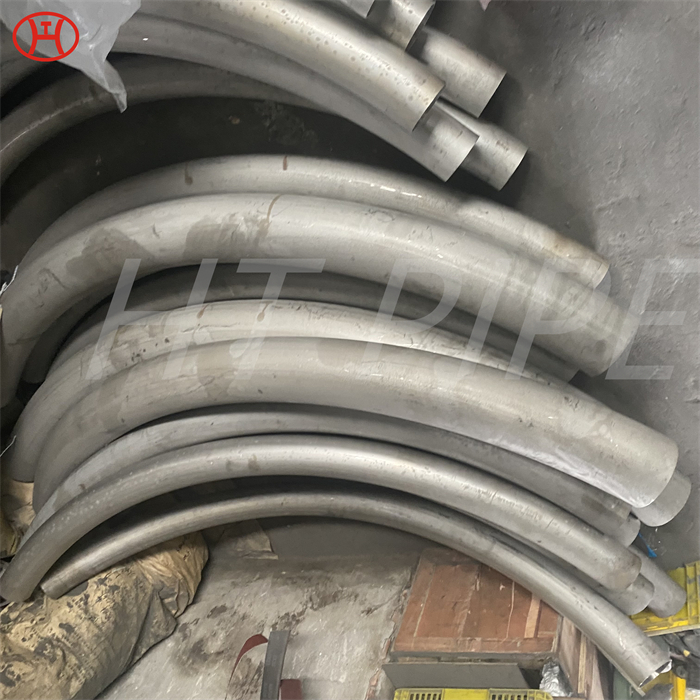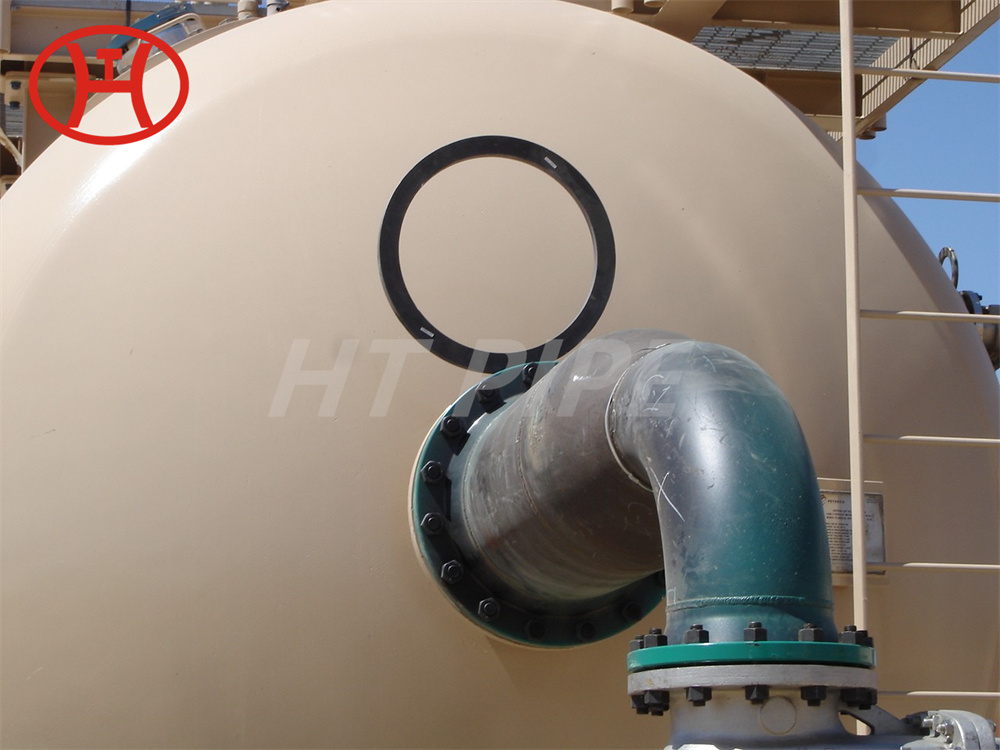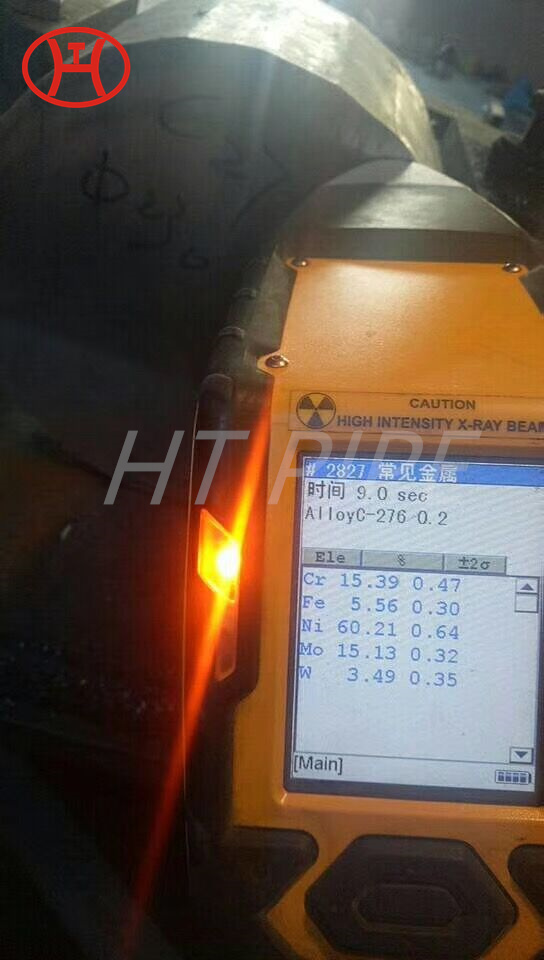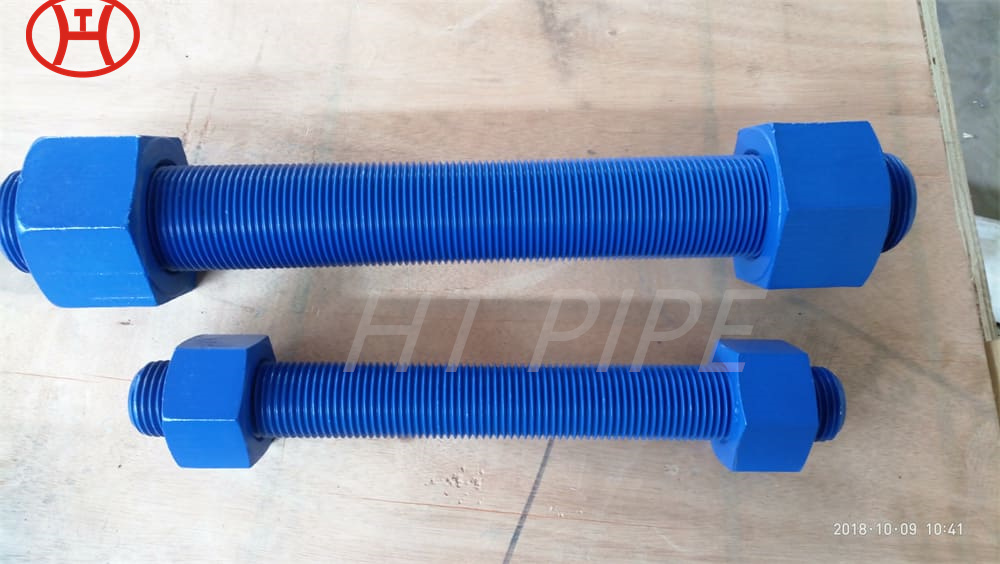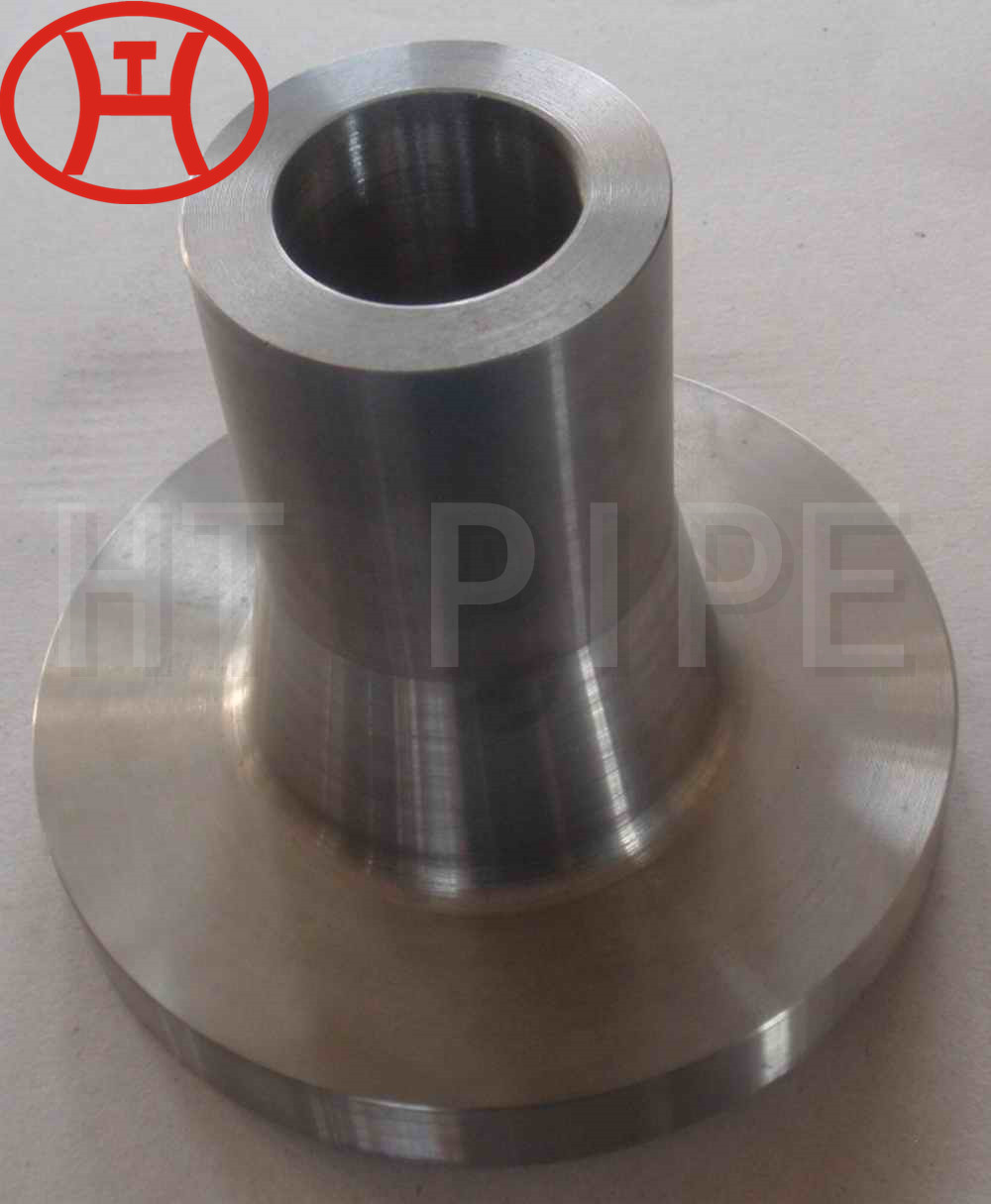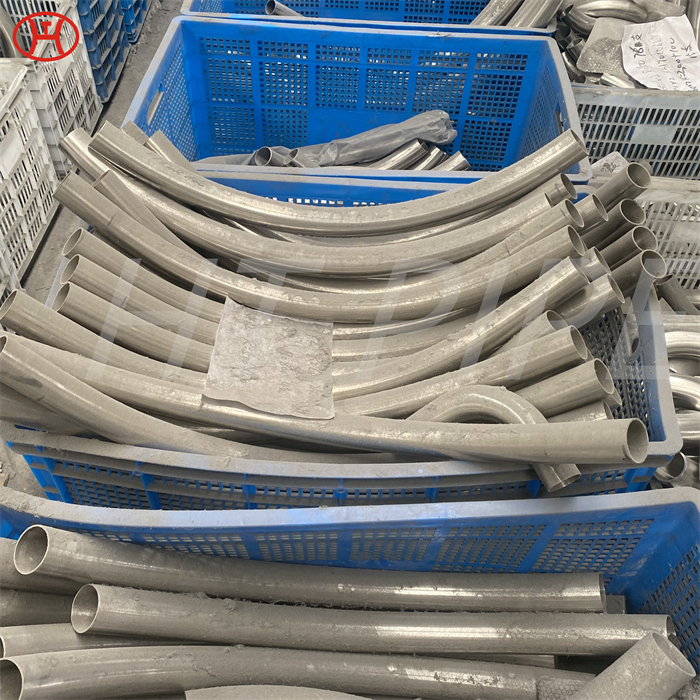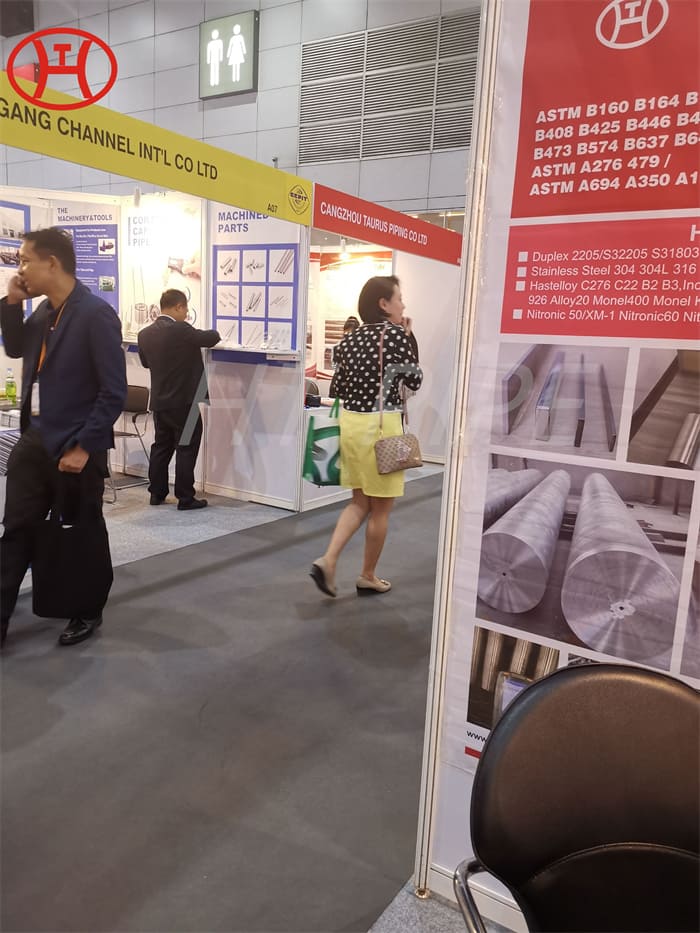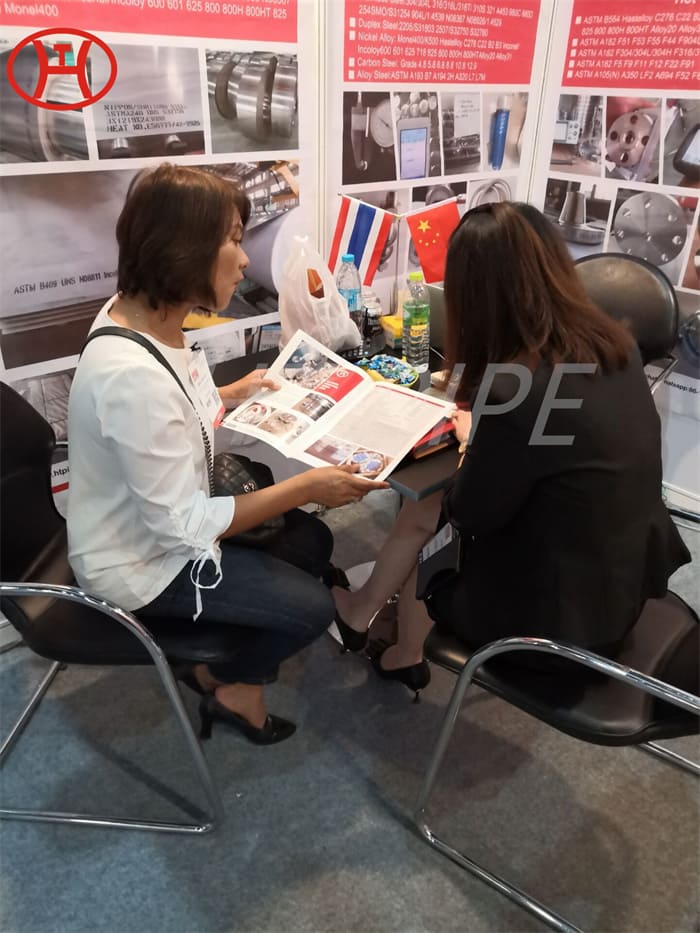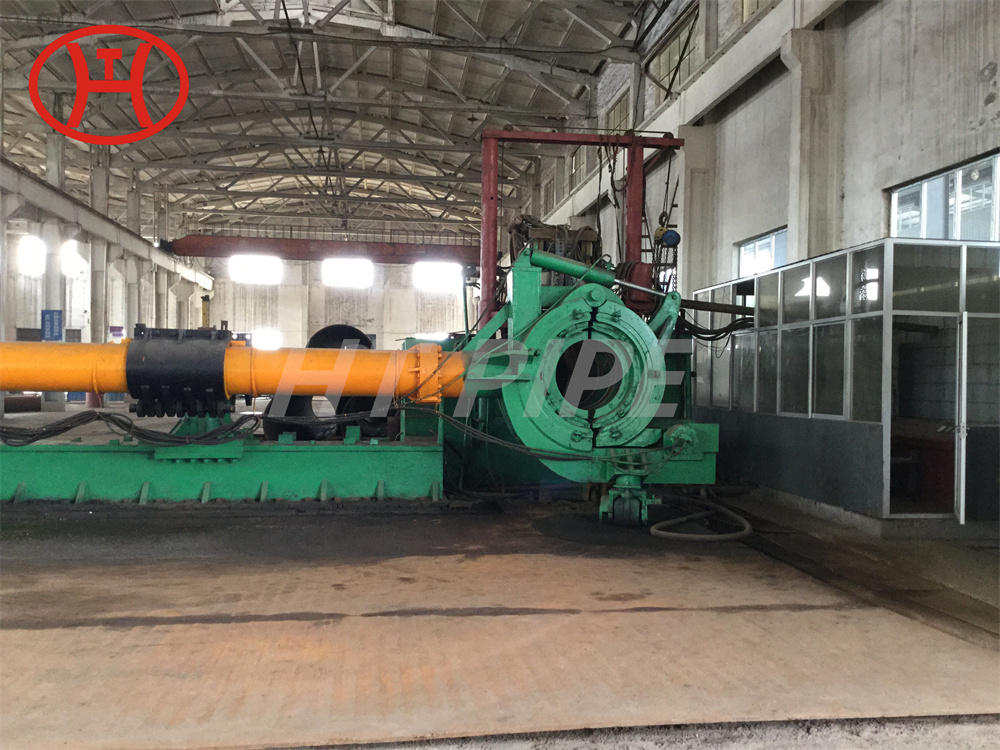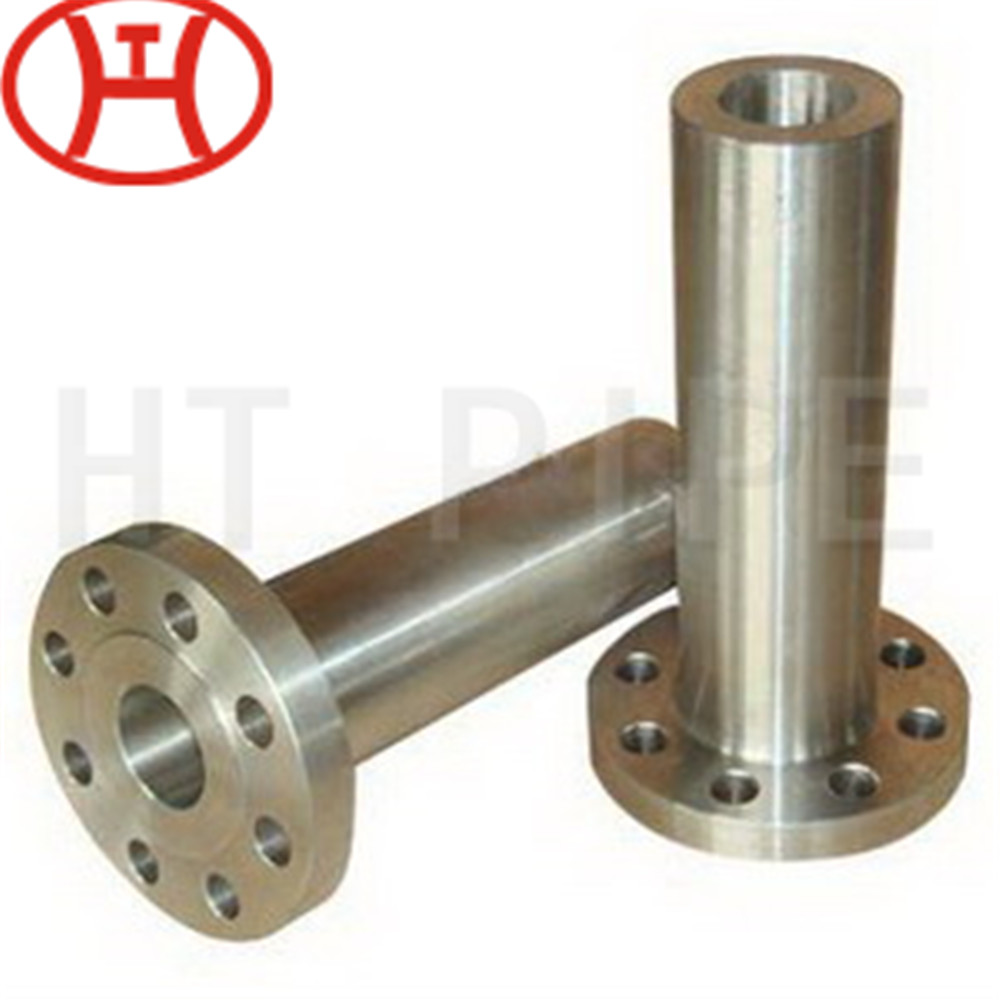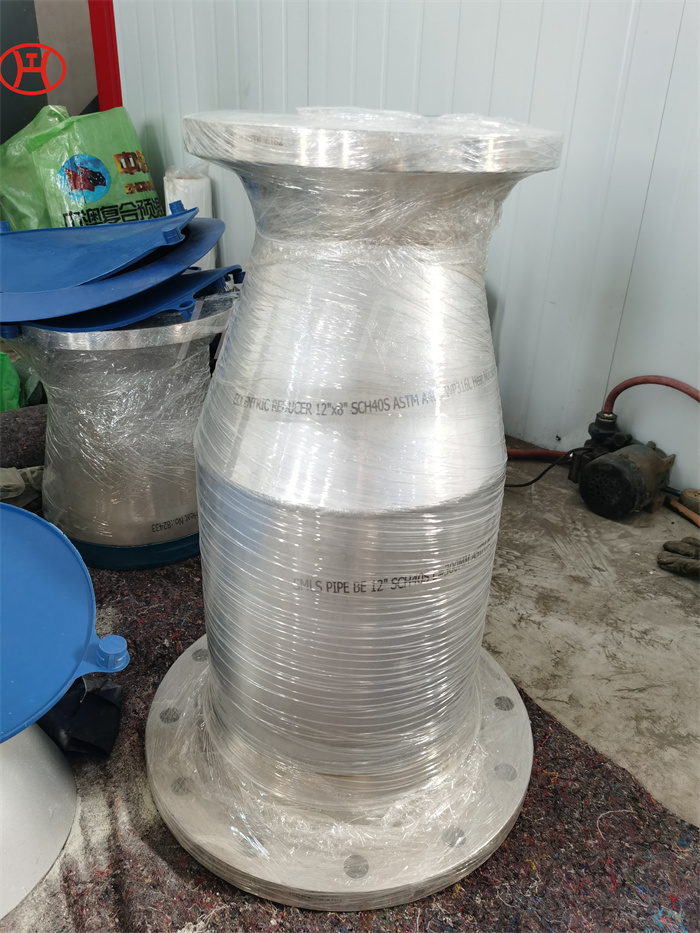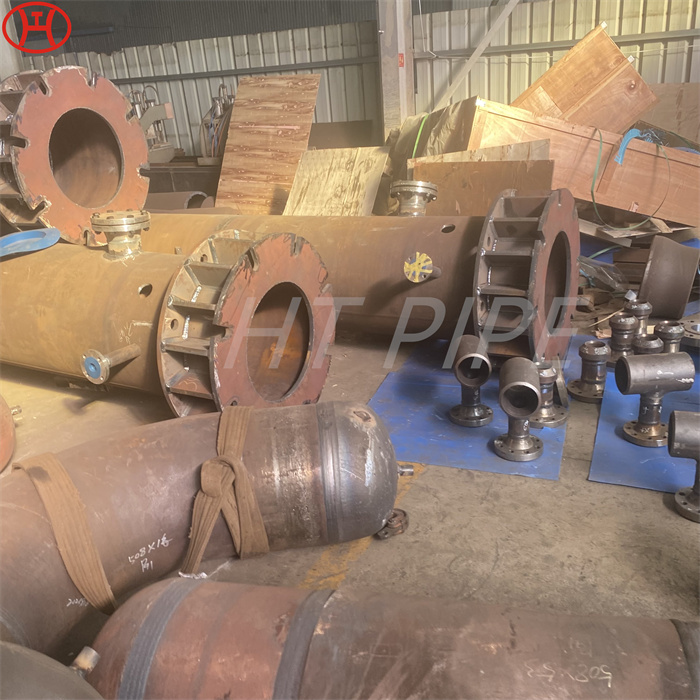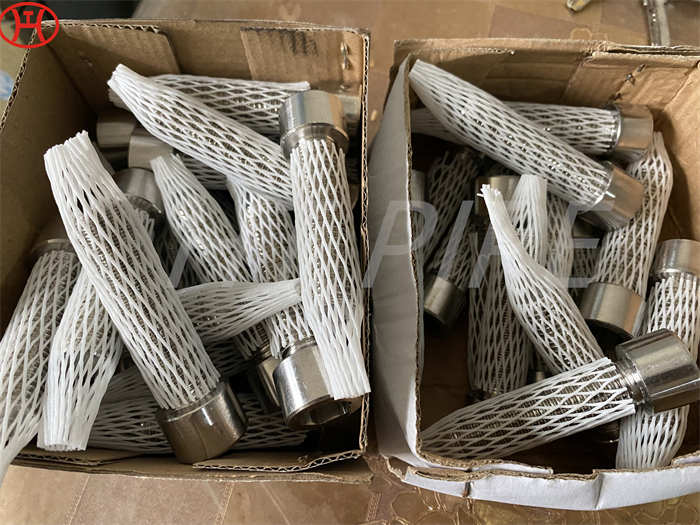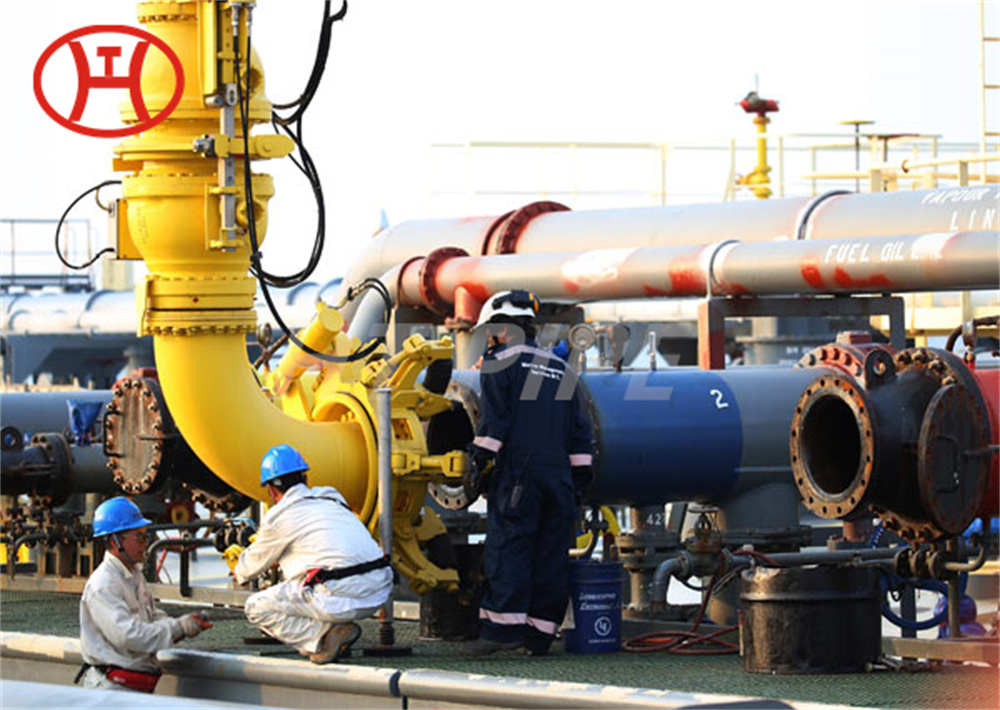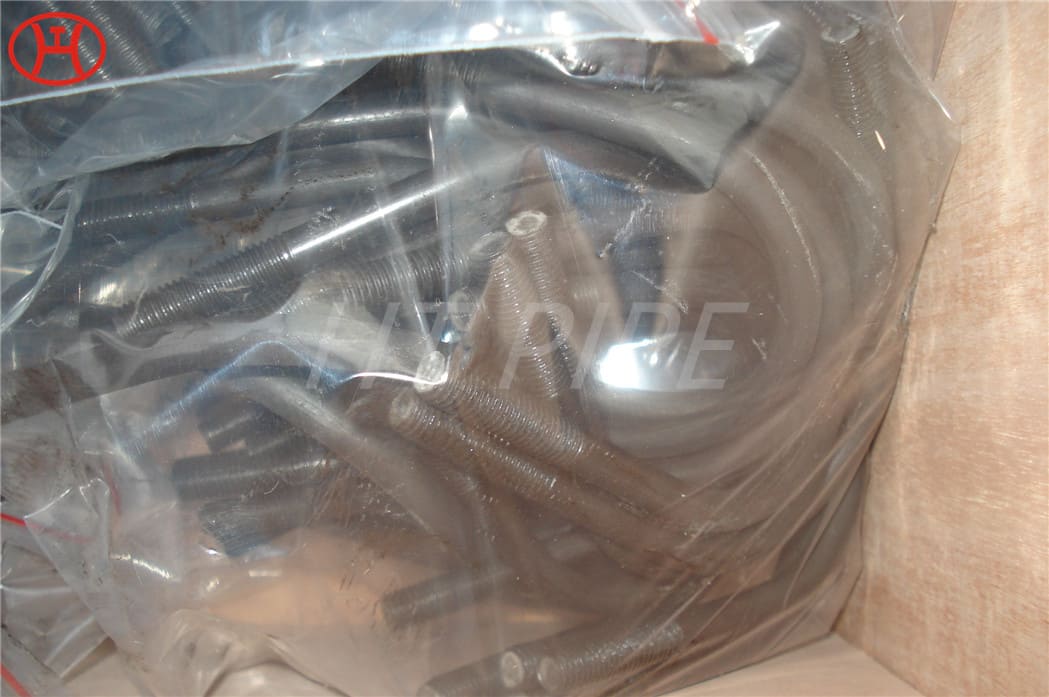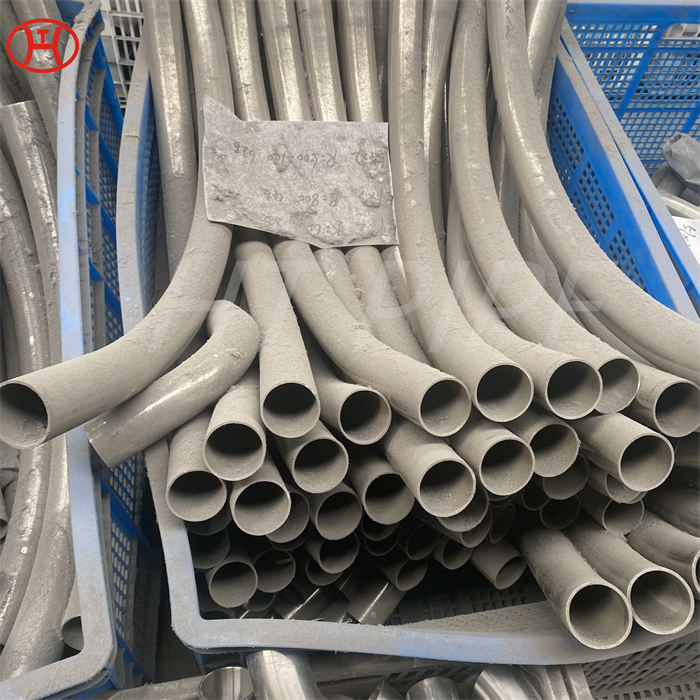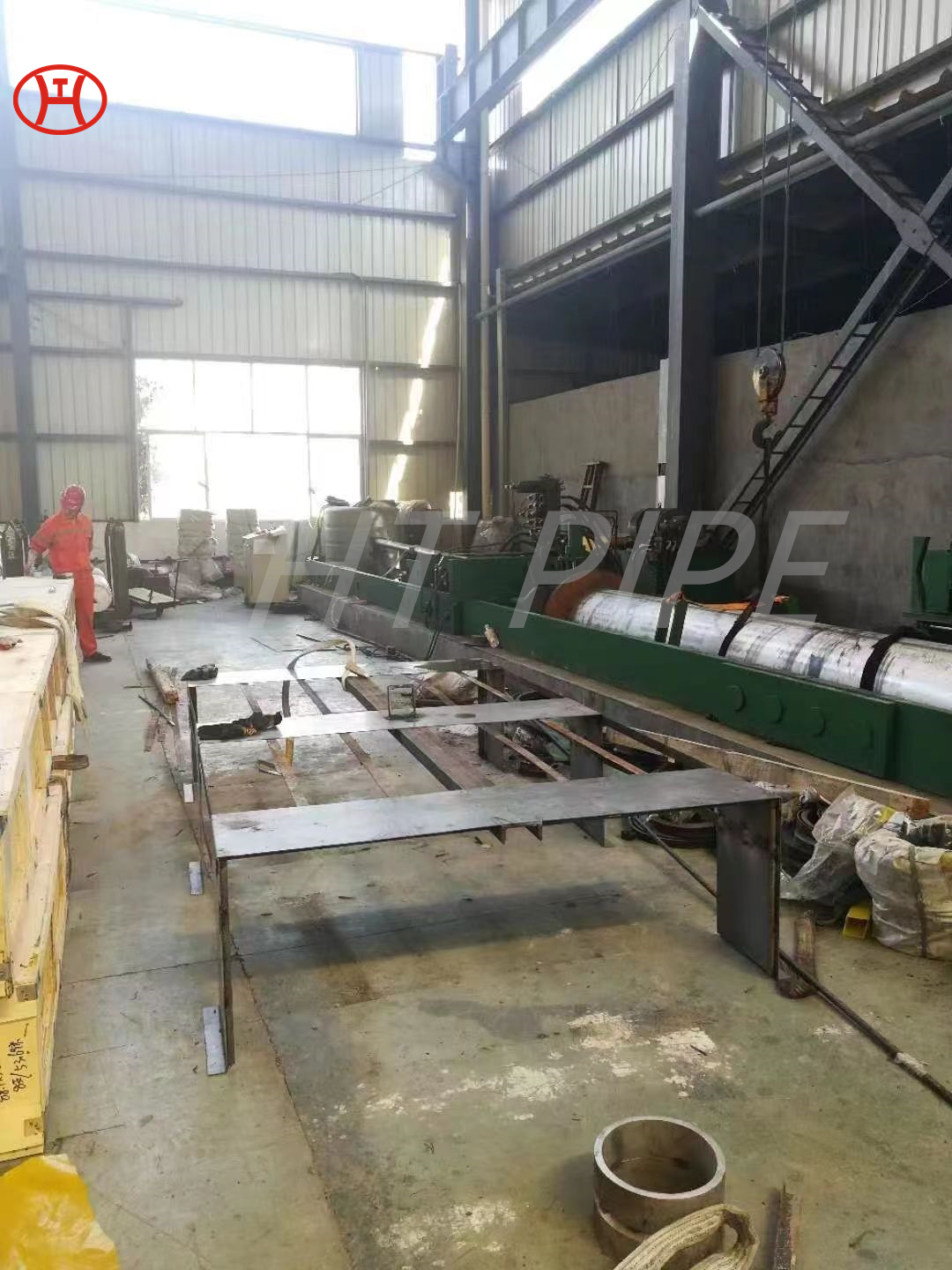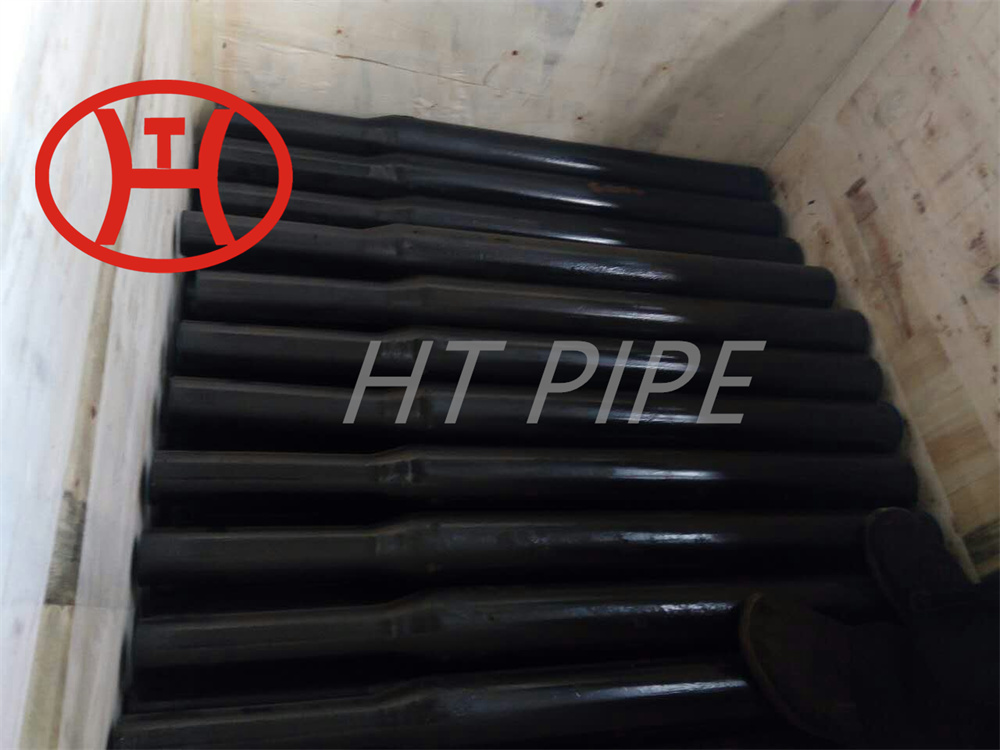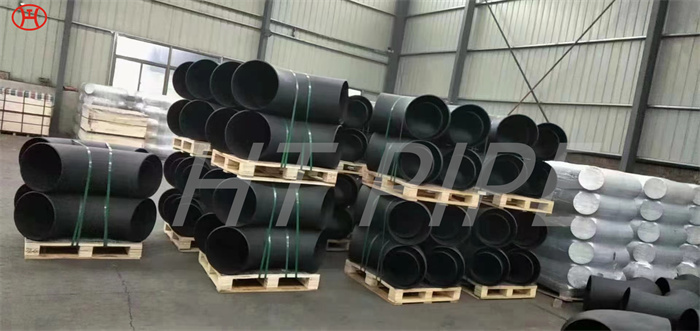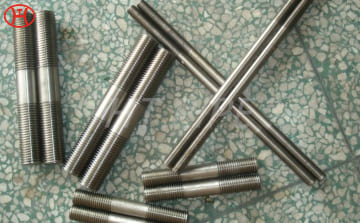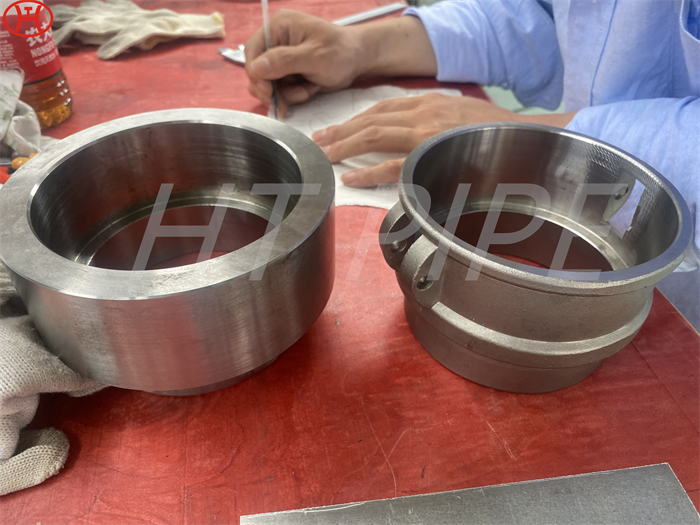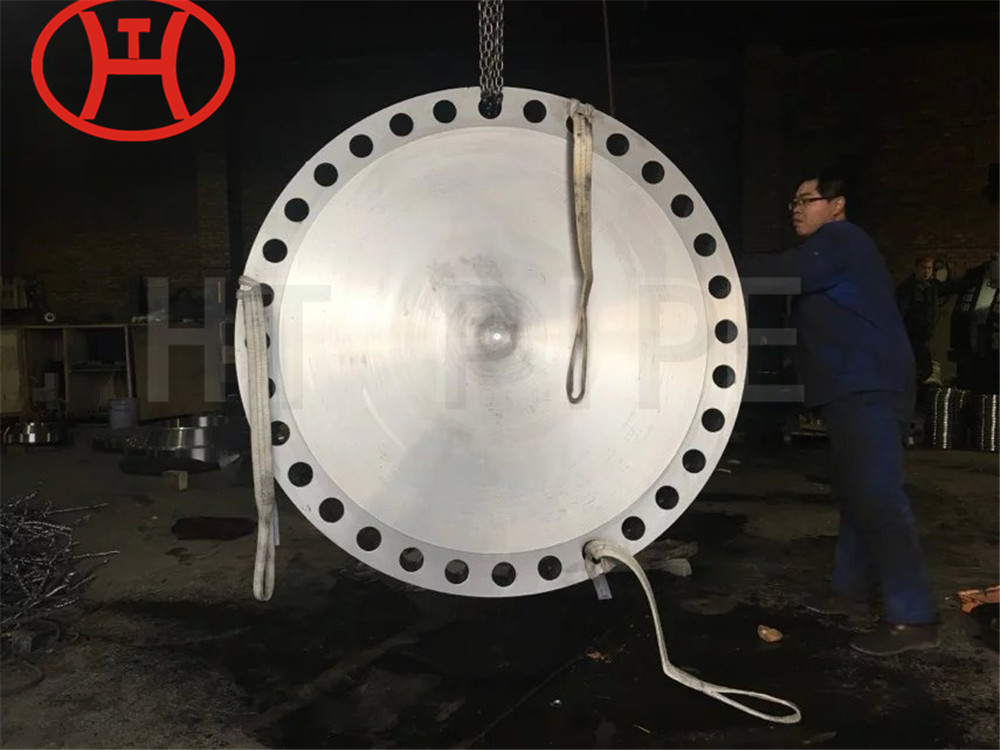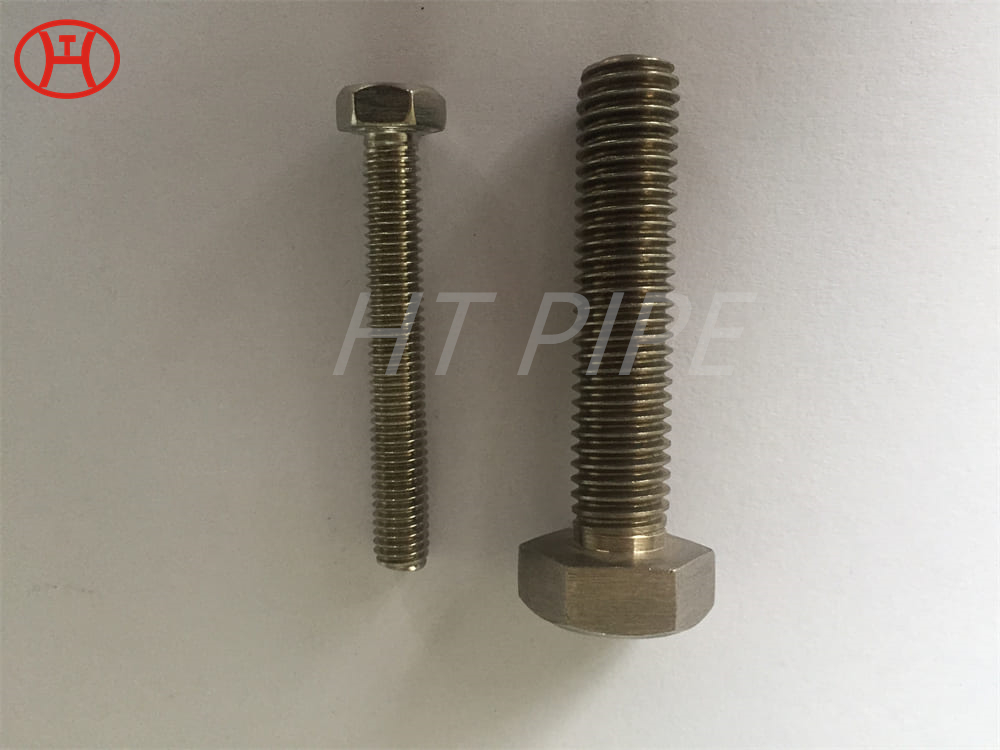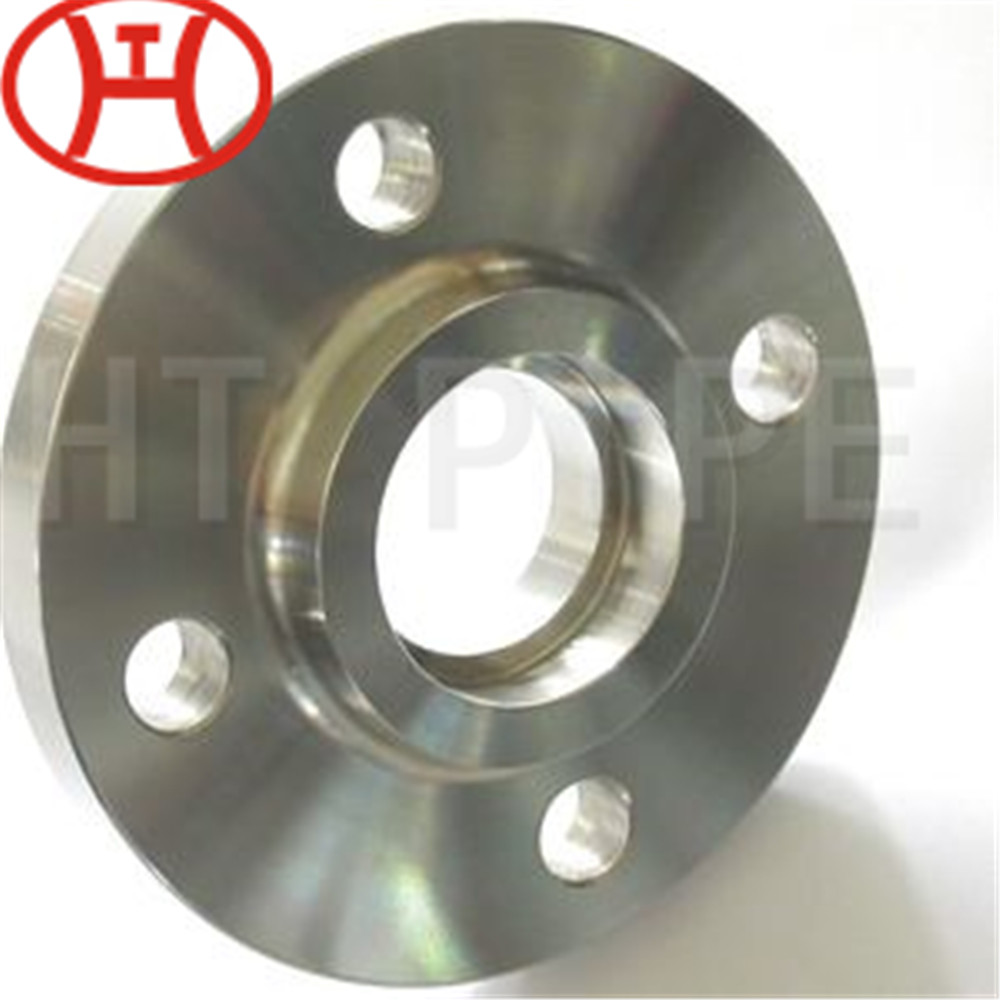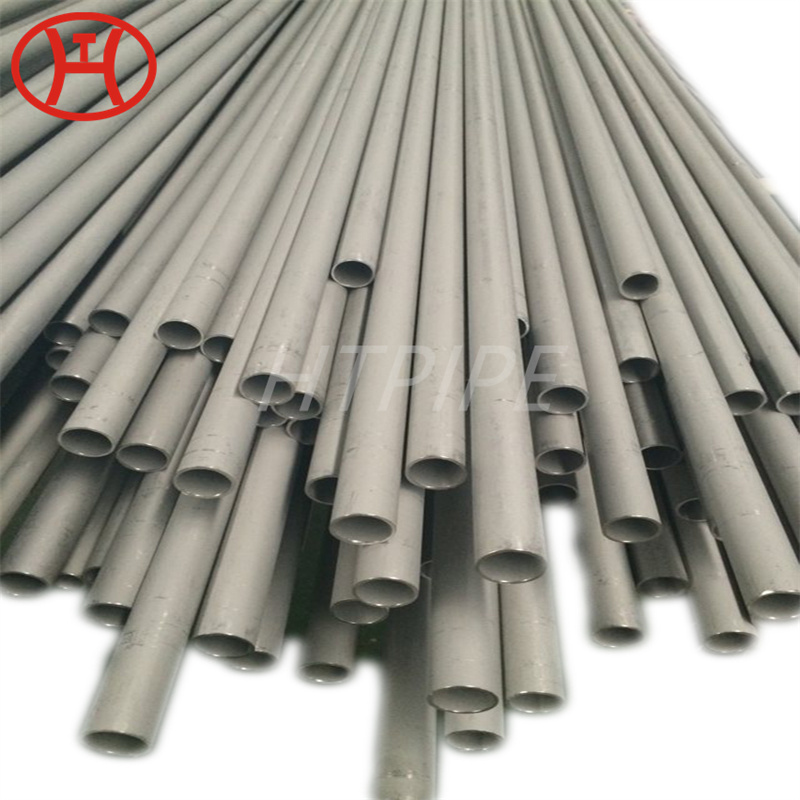ASME SB564 Alloy X Lap Joint Flange Hastelloy X Flanges Manufacturer
These also enhances good resistance to pitting and crevice corrosion in tough climatic circumstances. These alloys of flanges also possess superior thermal conductivity and electrical resistivity.
Hastelloy X Slip On Flange is recommended for use in applications involving industrial furnace since the alloy has an unusually high resistance to oxidizing, reducing and neutral atmospheres. These Hastelloy Flanges are also known for its robust construction. Hastelloy X provide renowned resistance to harsh acids and alkalis as well as virtual immunity to chlorides. Our fabricated Hastelloy X Flanges come with quality features like strong tensile strength, durability, flexibility and long service life. We offer huge stock of odd sizes & hard to find Standards ¨C ASME/ ANSI, EN, DIN, AFNOR, AWWA, GOST, BS, JIS, AS, MSS, SA, UNI, AISI Hastelloy X Pipe Flanges, Hastelloy X Pipe Elbow, Werkstoff No 2.4665 Hastelloy Buttweld Pipe Fittings, Hastelloy UNS N06002 Buttweld Pipe Fittings, ANSI B16.9 Hastelloy X Pipe Elbow, Hastelloy ASTM B366 X Fittings, DIN 2.4665 Buttweld Pipe Fittings offering at market leading great prices from China.









































































































